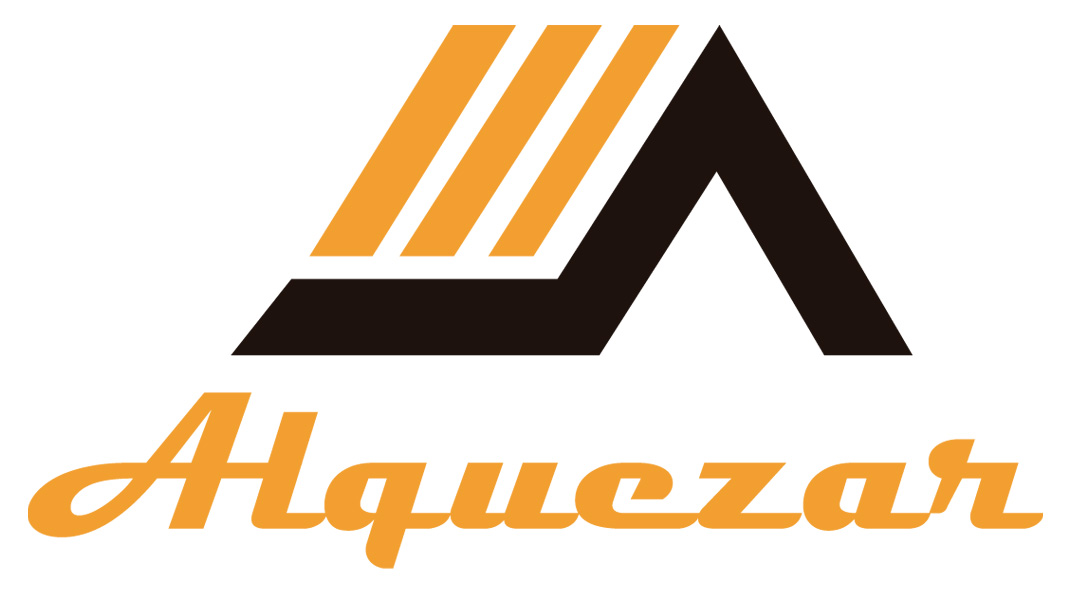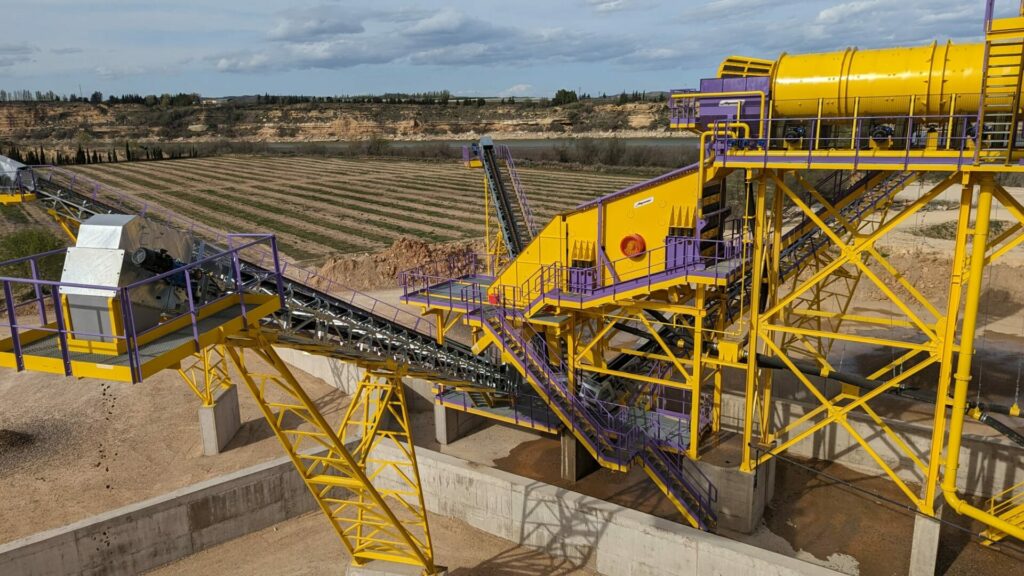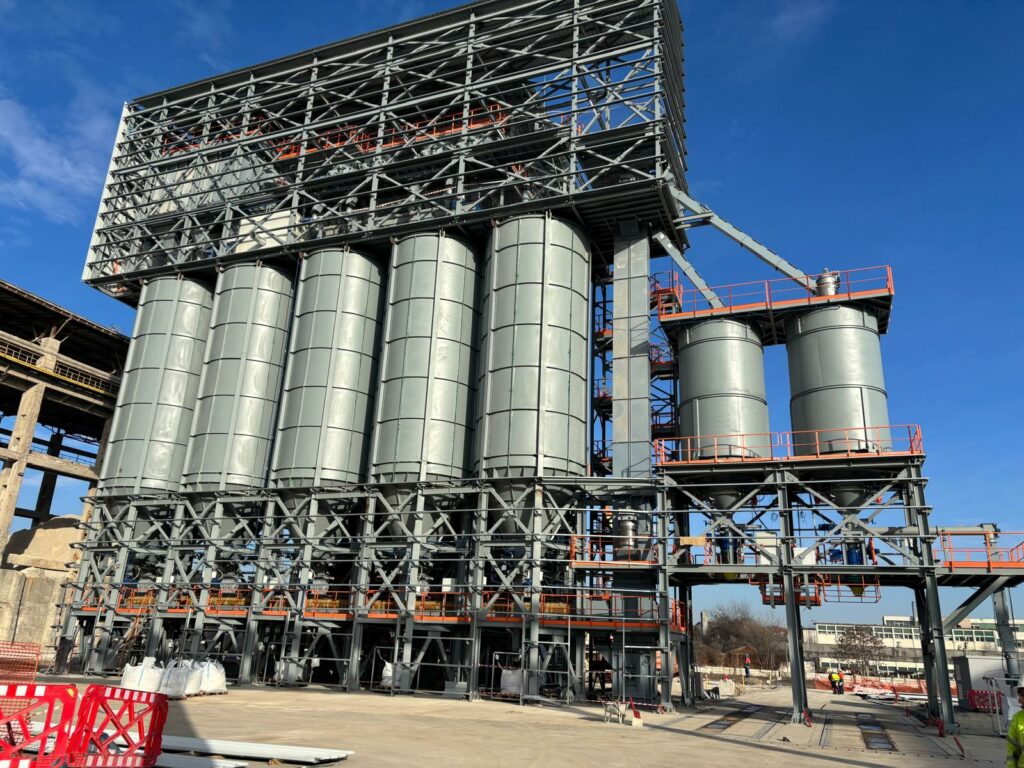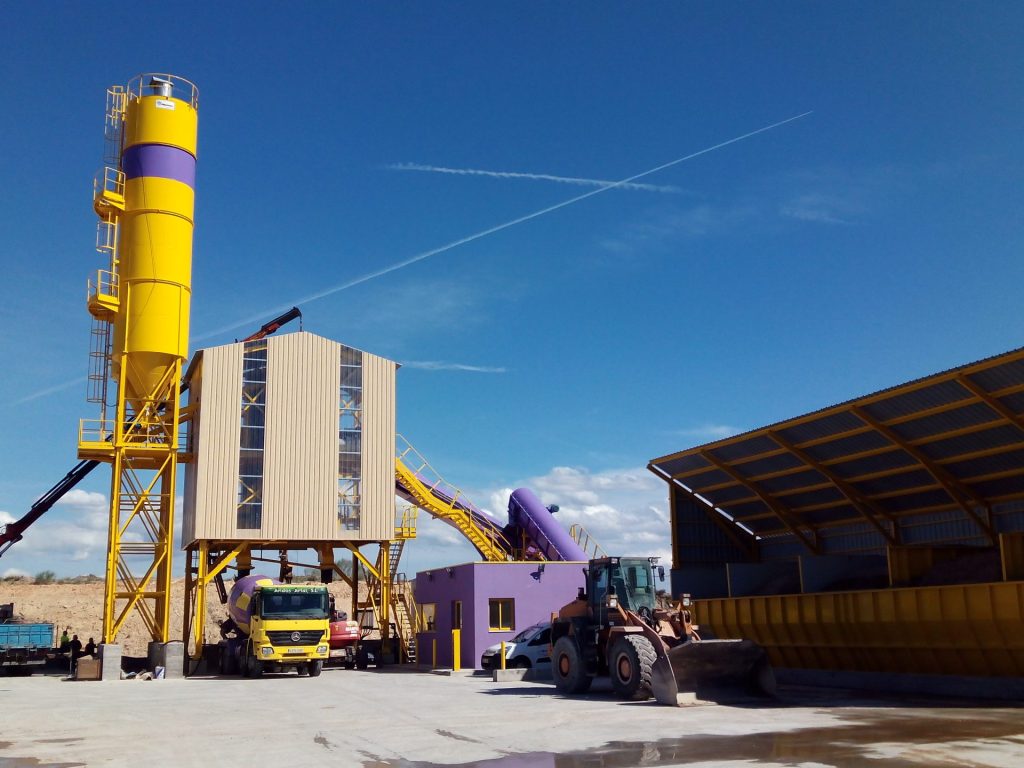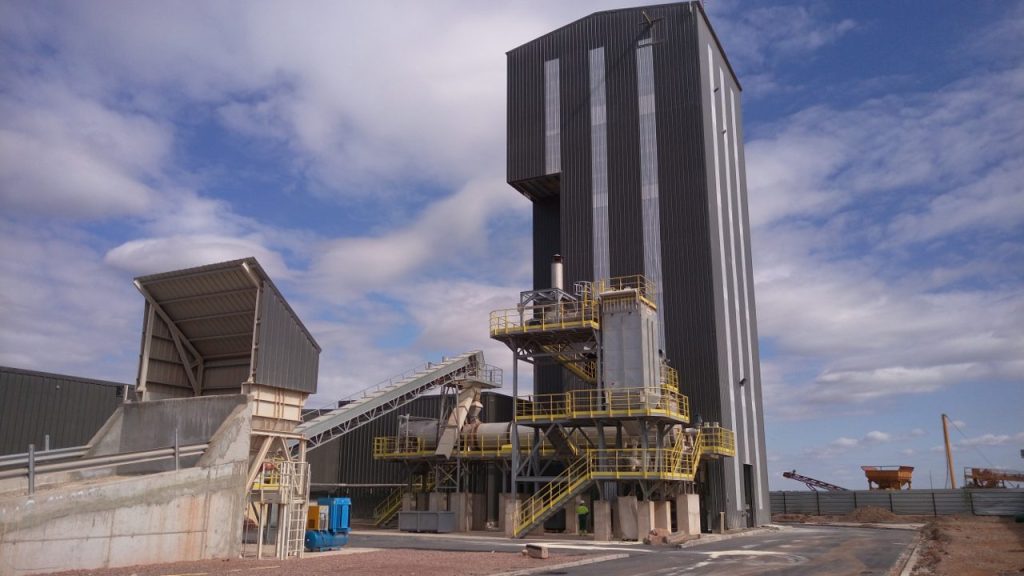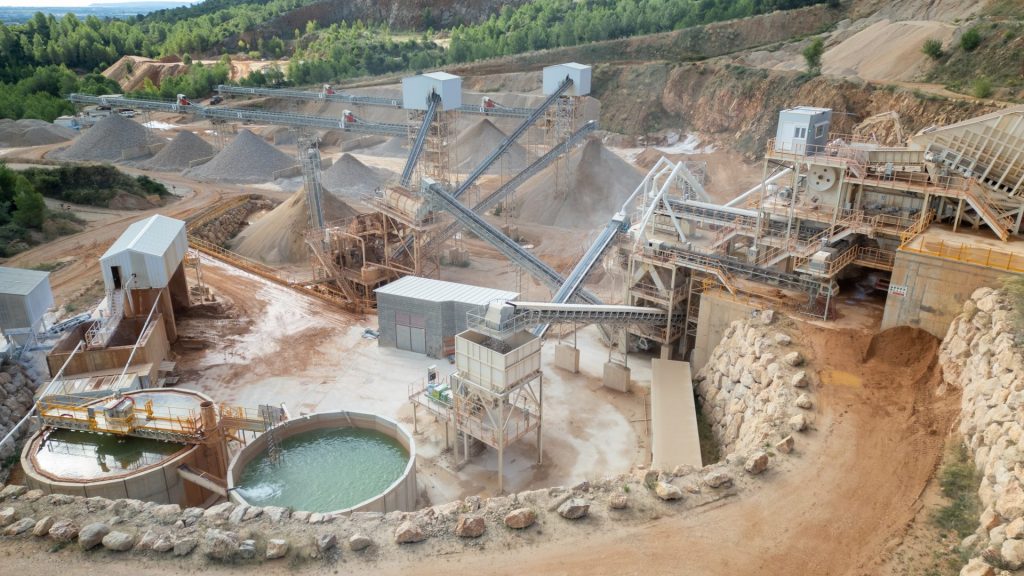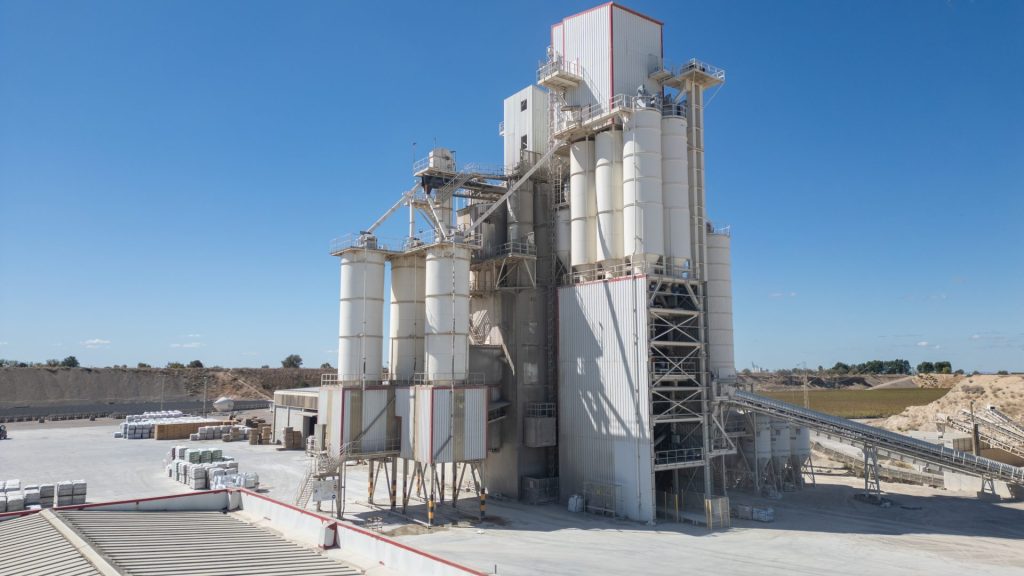Engineering that turns Projects into Success
More than 60 years manufacturing solutions
Design and manufacturing of turnkey projects
Concrete, Mortar, and Quarry Technology
Alquezar
Desde su fundación en 1959, Alquezar ha sido un referente en el diseño y fabricación de maquinaria para obras públicas y construcción. Con una trayectoria consolidada y un firme compromiso con la innovación, nos hemos convertido en sinónimo de calidad y excelencia en el sector.
Con más de seis décadas de experiencia, en Alquezar entendemos las necesidades de nuestros clientes y trabajamos constantemente en la optimización de sus procesos.
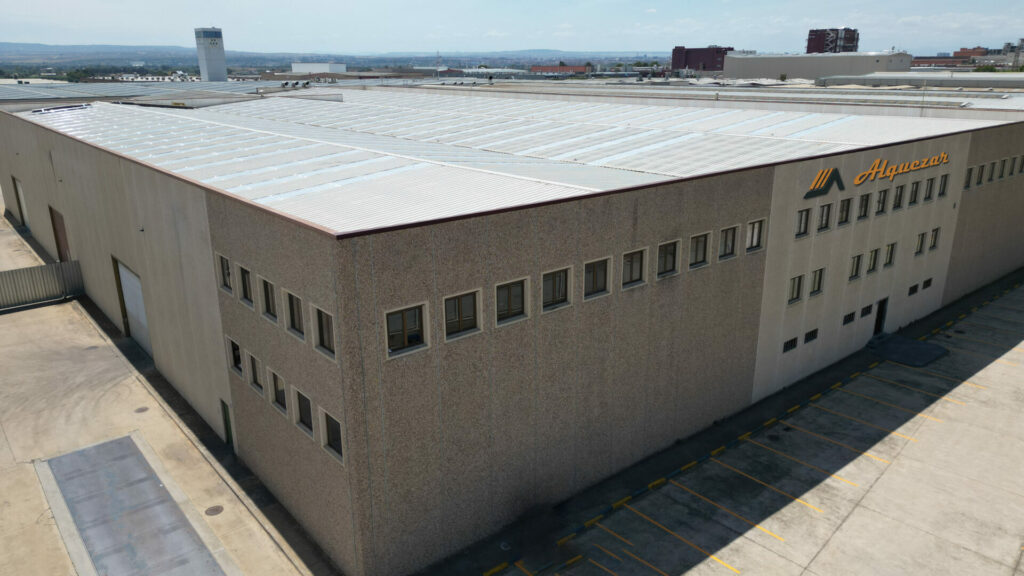
Proyects
En Alquezar, ponemos a tu disposición nuestra amplia experiencia en el diseño y producción de instalaciones llave en mano, adaptadas a las necesidades específicas de los sectores de áridos, mortero y hormigón. Transformamos ideas en soluciones eficientes y a medida
Aquí puedes descubrir algunos de los proyectos personalizados que hemos diseñado y fabricado a la medida de cada cliente.
Sectors
Desarrollamos y fabricamos proyectos llave en mano y soluciones especializadas en cuatro grandes líneas de productos:
